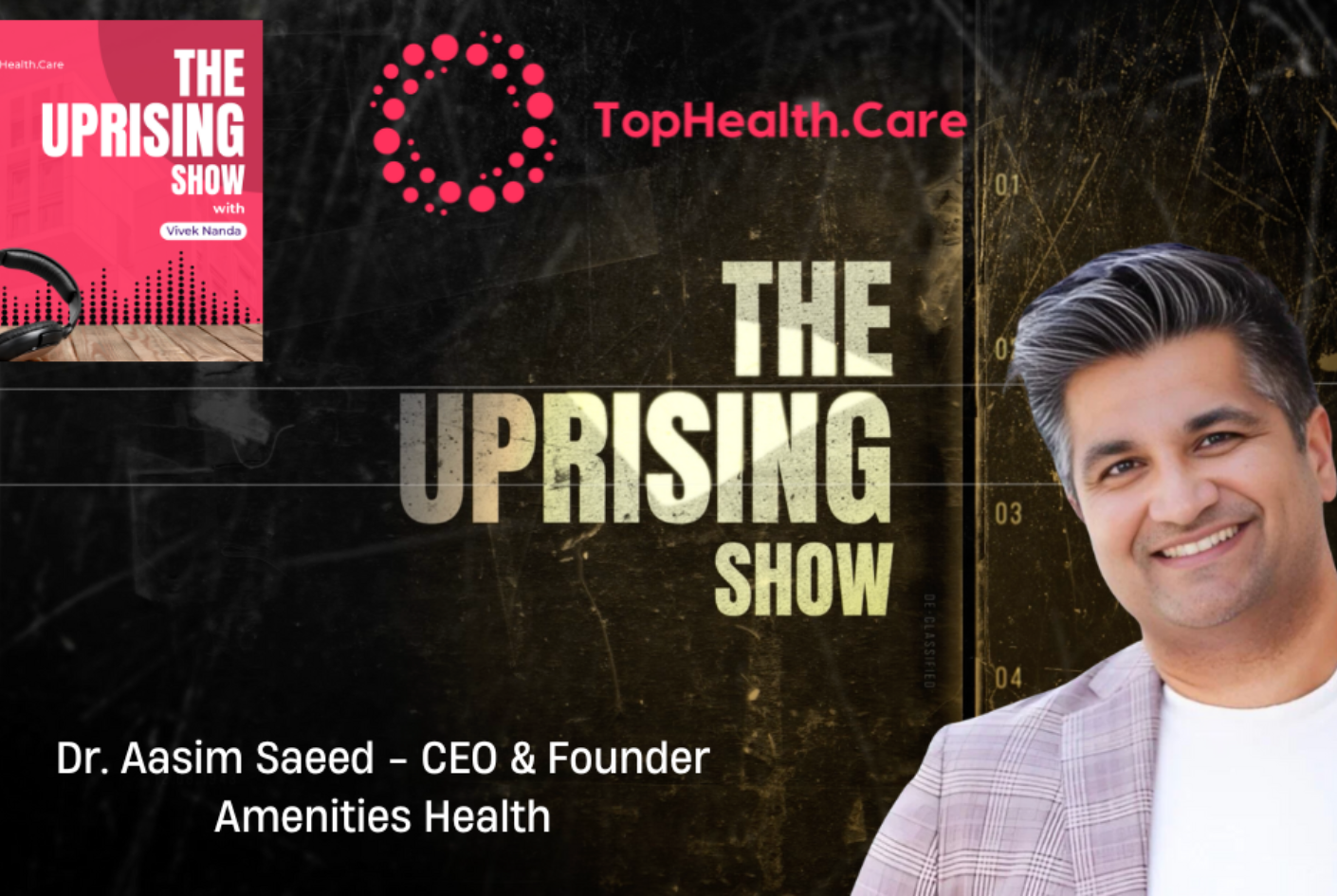This year's HLTH conference truly embodied its "Be Bold" theme, pushing the industry to face healthcare's toughest challenges head-on. Throughout the sessions, speakers tackled everything from accessibility hurdles to the growing clinician shortage and the maze of prior authorization (PA) processes. Rather than just talking about these issues, there was a real push for concrete action. Rather than just talking about these issues, there was a real push for concrete action. I was particularly struck by one keynote speaker who paraphrased Ralph Waldo Emerson: "What you do speaks so loudly that I cannot hear what you say." This message hit home as conversations in hallways and presentations alike shared a common thread – we need to move beyond discussion into meaningful change.
The impact of this message really resonates with those of us focused on patient experience. While health systems and executives often get caught up in rolling out cutting-edge tech, the conference reminded us that true innovation goes deeper. It’s about leaving a legacy of creating experiences that are actually accessible and intuitive, where every interaction shows we genuinely care about patient needs. As Dr. Aasim Saeed, CEO of Amenities Health, puts it, "Patients should feel like healthcare is working for them, not the other way around.” The ultimate question we must ask ourselves is: what real difference are we making for patients? What real difference do we want to make in healthcare? Success isn't just about what new tools we can implement – it's about whether those tools actually solve the problems patients face every day.
Actions That Spoke Loudly: Tackling Barriers with AI
One of the more significant themes this year was the active steps taken to reduce administrative burdens and enhance the patient experience, especially through AI. Take Amazon's latest move with One Medical – they've rolled out HealthScribe, letting doctors actually focus on their patients instead of being glued to their screens during visits. Real-time note-taking might not sound revolutionary, but ask any doctor drowning in documentation, and they'll tell you it's a game-changer. We're also seeing AI pitch in to help care teams navigate medical records and respond to patient messages faster and more personally.
But here's what kept nagging at me when hearing these discussions: all this fancy tech won't mean much if patients still can't figure out how to get through the front door. Sure, health systems are pouring money into chatbots and automation, but I keep thinking about my dad trying to book an appointment with a new doctor or, even further, book appointments for both my grandmother and grandfather, who he and my aunt jointly care for. Are we actually making that any easier? Before we get too excited about AI's potential, we need to nail the basics of getting patients into care smoothly. Otherwise, we're just putting high-tech icing on a broken cake.
The Reality Check: Making Healthcare Affordable and Accessible
Let's talk money - because that's what dominated many HLTH conversations this year. You couldn't walk through a hall without overhearing debates about those buzzy weight loss drugs (GLP-1s). But what caught my attention was a subtle shift in how we're thinking about healthcare costs. Instead of relying on expensive medications and rebates, companies are finally asking, "What if we helped people get healthier overall?" We're talking about bringing back the basics: working closely with primary care doctors, getting personalized health coaching, and catching problems early through better screening.
Believe it or not, this got me thinking about Netflix and Amazon Prime. What if healthcare worked more like that - predictable monthly costs and easy access to care when you need it? Health systems have a tremendous opportunity to incorporate this idea through digital memberships as a way to differentiate themselves with options that drive real value and improve health outcomes for patients. Imagine knowing exactly what you'll pay each month for your basic health needs - no surprises. It's not just about making healthcare cheaper; it's about making it feel worth every penny.
There's also this interesting twist on how insurance networks are being built. Rather than just slashing options to cut costs (you know, those dreaded "narrow networks"), there's a smarter approach emerging. Think of it like a well-curated playlist - you get quality providers to choose from and maybe some nice perks for picking certain doctors. The goal is to keep costs down without making patients feel trapped. Plus, with tools letting people filter doctors by location, availability, and quality scores, we're finally getting closer to healthcare that works more like, well, everything else in our lives.
Time for Real Change: Moving Beyond the Hype
Walking around HLTH this year, one thing became crystal clear: everyone's ready to move beyond flashy presentations to real results. While AI and other tech drew attention, there was an understanding that even the best tools are only as good as the foundation they’re built on. After all, what good is cutting-edge AI if it’s working with inconsistent data or if patients don’t trust or like how their information is handled?
The hard truth is that healthcare organizations need to get the basics right first. All the innovation in the world doesn't matter if patients become frustrated trying to access and navigate a patient portal or give up because registering or scheduling is too time-consuming and confusing. The goal should be creating digital experiences that feel as seamless as ordering takeout or booking a flight—experiences that make patients think, “Finally, healthcare that just works.”
Looking ahead, we need to keep asking ourselves one simple question: does this actually make life better for patients? Because real innovation isn't about what's trending - it's about making healthcare work better for real people with real lives and real problems. That's the kind of bold change that actually matters.
Interested in learning more about actionable solutions to close the digital experience gaps in healthcare? Let’s talk about practical ways to create seamless healthcare interactions that keep patients engaged and coming back. Book a conversation with us to see our platform in action.



.png)








